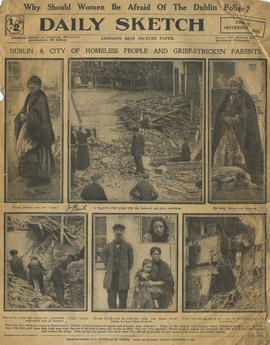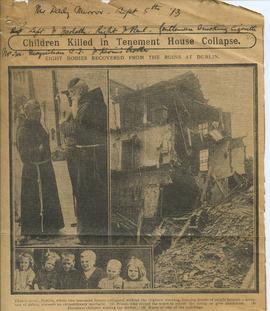- IE CA CS/2/3/6
- File
- c.8 Mar. 1897-27 Feb. 1899
Part of Irish Capuchin Archives
Subscription book containing a list of subscribers and guarantors for the fund for paying off the debt incurred on the construction of St. Mary of the Angels. Entries are listed under name, address and amount subscribed. Some entries are listed under the title of: ‘persons visited by Fr. Paul [Neary] and companion for meeting on 27 Feb. 1899’. A newspaper cutting from the 'Freeman’s Journal' [c.8 Mar. 1897] is pasted onto the reverse of the first leaf. The cutting contains a list of contributors towards the aforementioned fund. A monthly mass register record is extant on five pages at the end of the volume. Several manuscript and newspaper cutting inserts have been removed from the volume and placed in CA CS/2/3/7-8.


